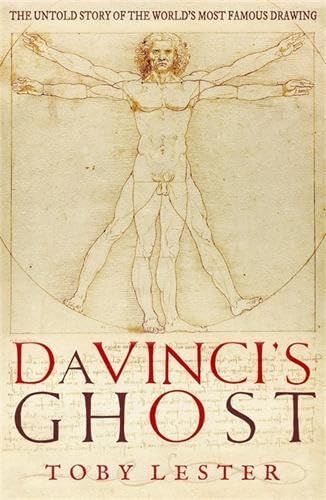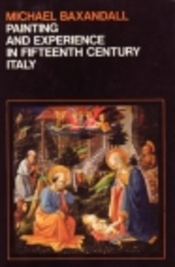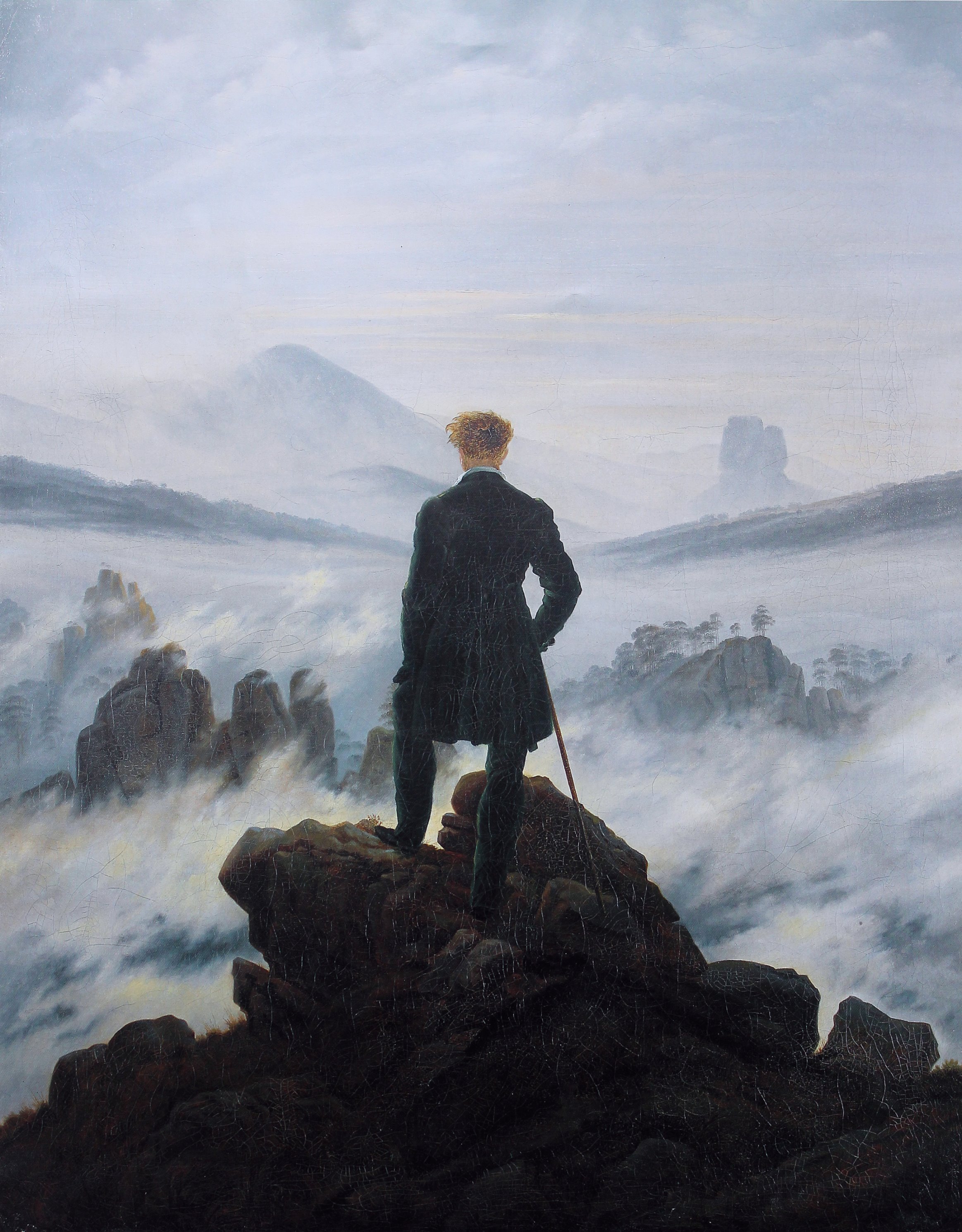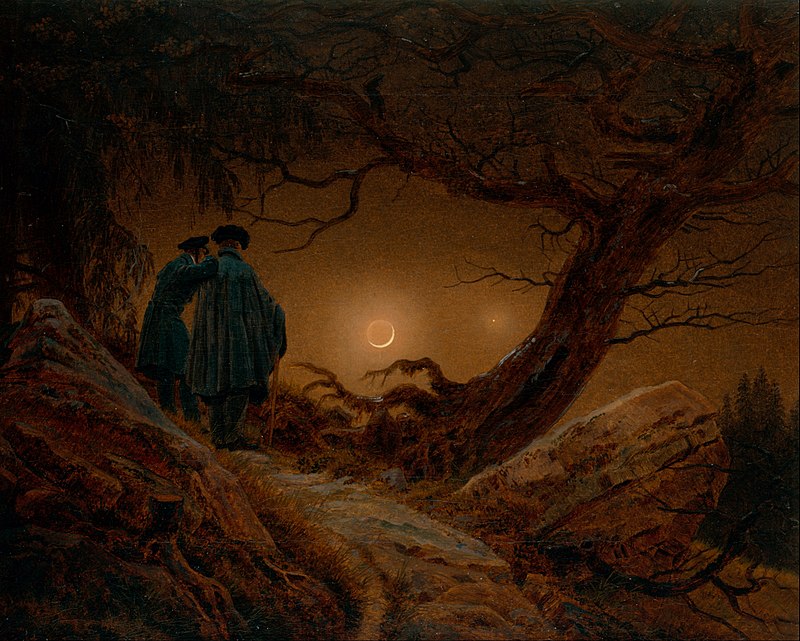Michael Jacobs "Everything is Happening: Journey into a Painting" (Granta Books)

The story of a friendship is the frame for a dying man's life-lusting memoir, nested into his last travelling adventure in search of meaning inside a painting.
The narration of a life-long obsession becomes a mystery investigation, truncated by death and touchingly completed by the author's best friend, and at the same time reaches the worlds of politics and philosophy, through the recalling of the Civil War in Spain, through loving memories of Anthony Blunt as a great teacher and as a scapegoat of philistine nationalism, and through an attempt at defining the nature of art as life, far from the "sunless" arid interpretations of the academic currents Jacobs encountered during his studies as art historian. By the way, his brief treatment of the way his peers have misunderstood Foucault is a pearl of concision and hilarious in its own way.
A book bursting with love - for art, for friends, for freedom of thought and interpretation, for Spain, Italy and South America, for people. I guess it will stay with me more than I thought it would.
EDIT: I left out the book's many shortcomings, such as the self-consciously embarrassed elitism of the Oxbridge alumni condemning the mass tourism that is nothing else than a side effect of accessibility of art, well, you know, to the masses; or the incredible provincialism of the British intellectual élites in the way they still live the Mediterranean as exotic dreamland without ever really engaging with it. There is a description of the crisis, the corruption scandals in Spain and of the Indignados protests that may look as politically conscious, but betrays a substantial hauteur, with Jacobs shaking his head at the plight of the protesting masses before proceeding to a luxurious cocktail on a rooftop bar with a curator quite on the aristocratic side of Spanish society. Vulliamy's remark, in the coda, that his liberally Marxist friend brought the rage of the protesting masses with him inside the museum for a while, well, that would be comical if it were not infuriating.
However grating, though, these shortcomings don't subtract from the general tone of honesty of the book; instead, seem to contribute to it. Imperfect as everybody else, these two men are not afraid to expose themselves for whom they truly are in the interest of a better understanding of art and of its meaning and appreciated that more than I would have a rigorously correct analysis devoid of interior truth.

The story of a friendship is the frame for a dying man's life-lusting memoir, nested into his last travelling adventure in search of meaning inside a painting.
The narration of a life-long obsession becomes a mystery investigation, truncated by death and touchingly completed by the author's best friend, and at the same time reaches the worlds of politics and philosophy, through the recalling of the Civil War in Spain, through loving memories of Anthony Blunt as a great teacher and as a scapegoat of philistine nationalism, and through an attempt at defining the nature of art as life, far from the "sunless" arid interpretations of the academic currents Jacobs encountered during his studies as art historian. By the way, his brief treatment of the way his peers have misunderstood Foucault is a pearl of concision and hilarious in its own way.
A book bursting with love - for art, for friends, for freedom of thought and interpretation, for Spain, Italy and South America, for people. I guess it will stay with me more than I thought it would.
EDIT: I left out the book's many shortcomings, such as the self-consciously embarrassed elitism of the Oxbridge alumni condemning the mass tourism that is nothing else than a side effect of accessibility of art, well, you know, to the masses; or the incredible provincialism of the British intellectual élites in the way they still live the Mediterranean as exotic dreamland without ever really engaging with it. There is a description of the crisis, the corruption scandals in Spain and of the Indignados protests that may look as politically conscious, but betrays a substantial hauteur, with Jacobs shaking his head at the plight of the protesting masses before proceeding to a luxurious cocktail on a rooftop bar with a curator quite on the aristocratic side of Spanish society. Vulliamy's remark, in the coda, that his liberally Marxist friend brought the rage of the protesting masses with him inside the museum for a while, well, that would be comical if it were not infuriating.
However grating, though, these shortcomings don't subtract from the general tone of honesty of the book; instead, seem to contribute to it. Imperfect as everybody else, these two men are not afraid to expose themselves for whom they truly are in the interest of a better understanding of art and of its meaning and appreciated that more than I would have a rigorously correct analysis devoid of interior truth.


















